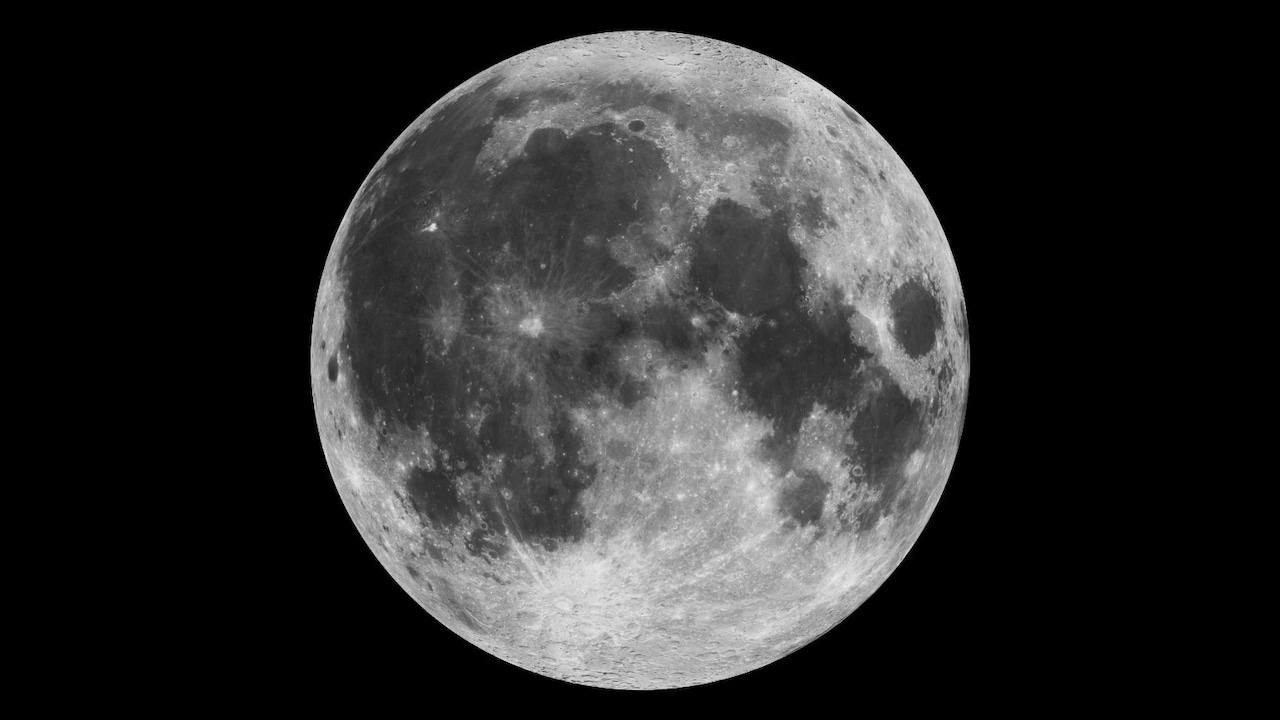
Once it reaches apogee, Earth’s closest celestial neighbor is about to look a little bit smaller in the night sky.
On Friday, the moon is expected to reach apogee, one of several times during the year when it reaches the most distant point in its orbit around Earth, according to NASA.
When the moon reaches this point on the ellipse (orbit), it is, on average, about 253,000 miles away from Earth, the agency stated. The moon’s regular distance from Earth is 238,855 miles, according to London’s Royal Museums Greenwich, which operates the Royal Observatory.
The moon’s furthest point and closest point, called perigee, occurs because Earth is not centrally located along the moon’s ellipse, The Royal Museums wrote on its website that
The tides are lower than average during apogee, while they are the opposite when the moon is at perigee, according to the National Oceanic and Atmospheric Administration’s National Ocean Service.
At certain points throughout the year when the moon reaches its furthest and closest points, it can result in either a “micromoon” or a “supermoon,” respectively, according to the museum network. During a supermoon, Earth’s satellite appears 14% larger and 30% brighter than a micromoon.
“For comparison, the width of the fingernail on your smallest finger (your “pinkie”), when held at arm’s length, is about the same diameter as the full moon in the sky,” NASA’s website read.
So will the moon be considered a micromoon when it reaches apogee on Friday? No, because a micromoon and supermoon occur when there’s a full moon in the sky, according to Time and Date.
The moon on Aug. 9 will be at the waxing crescent phase of its cycle, when 23% of the lunar surface is visible from Earth, the website MoonPhases.org calculated.
The next time the moon should reach its full lunar phase is on Aug. 19, according to the Griffith Observatory in Los Angeles. That same day, the moon is expected to be a full blue supermoon, where it will be 224,917 miles away from Earth, EarthSky reported. It will be the first supermoon of the remainder of 2024 and will repeat on Sept. 18, Oct. 17, and Nov. 15.






